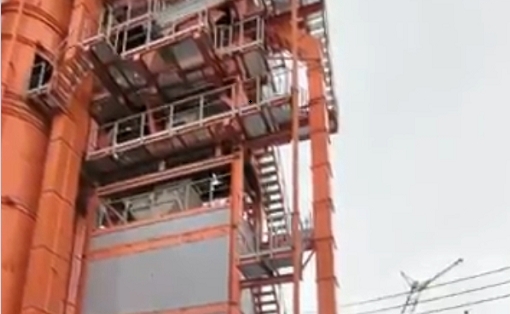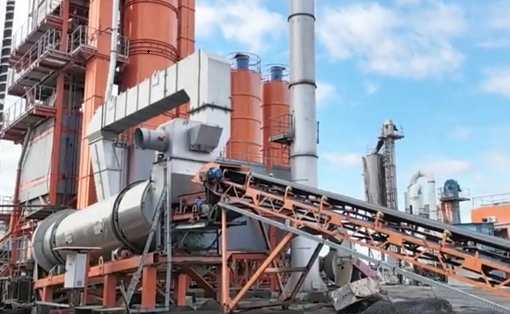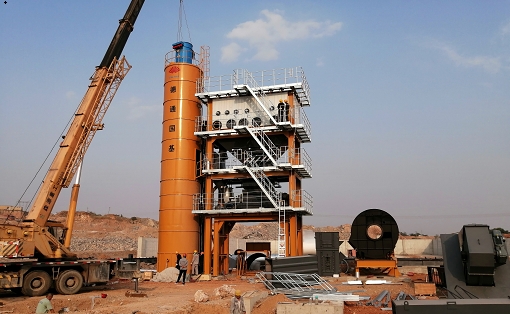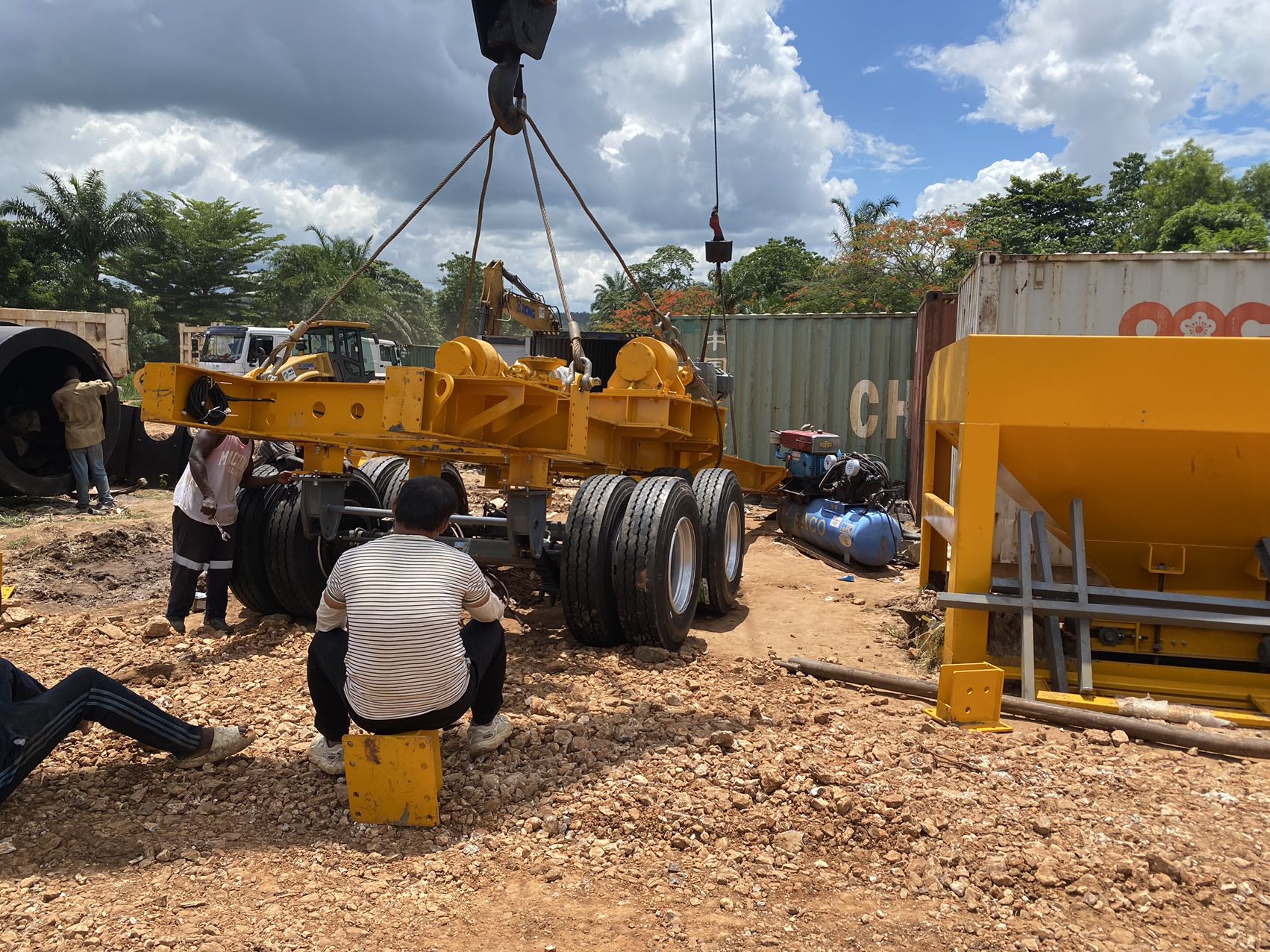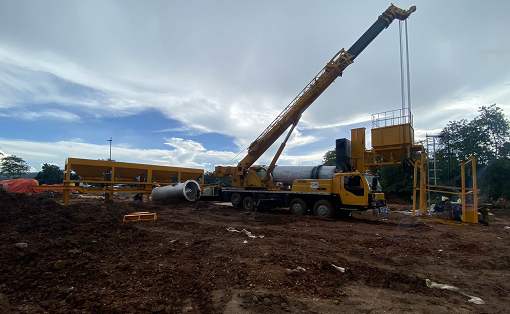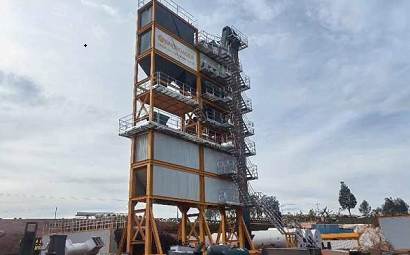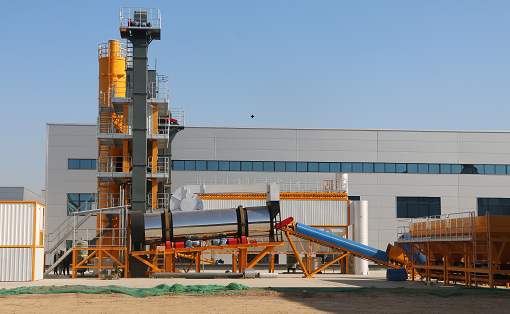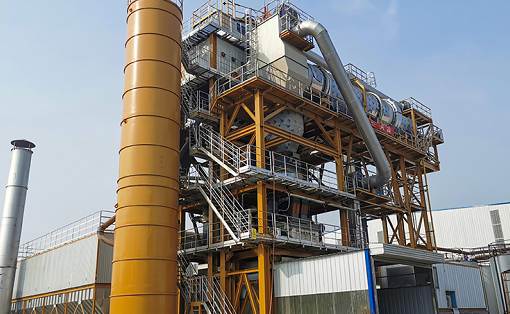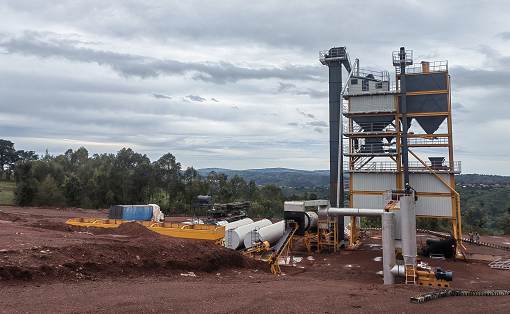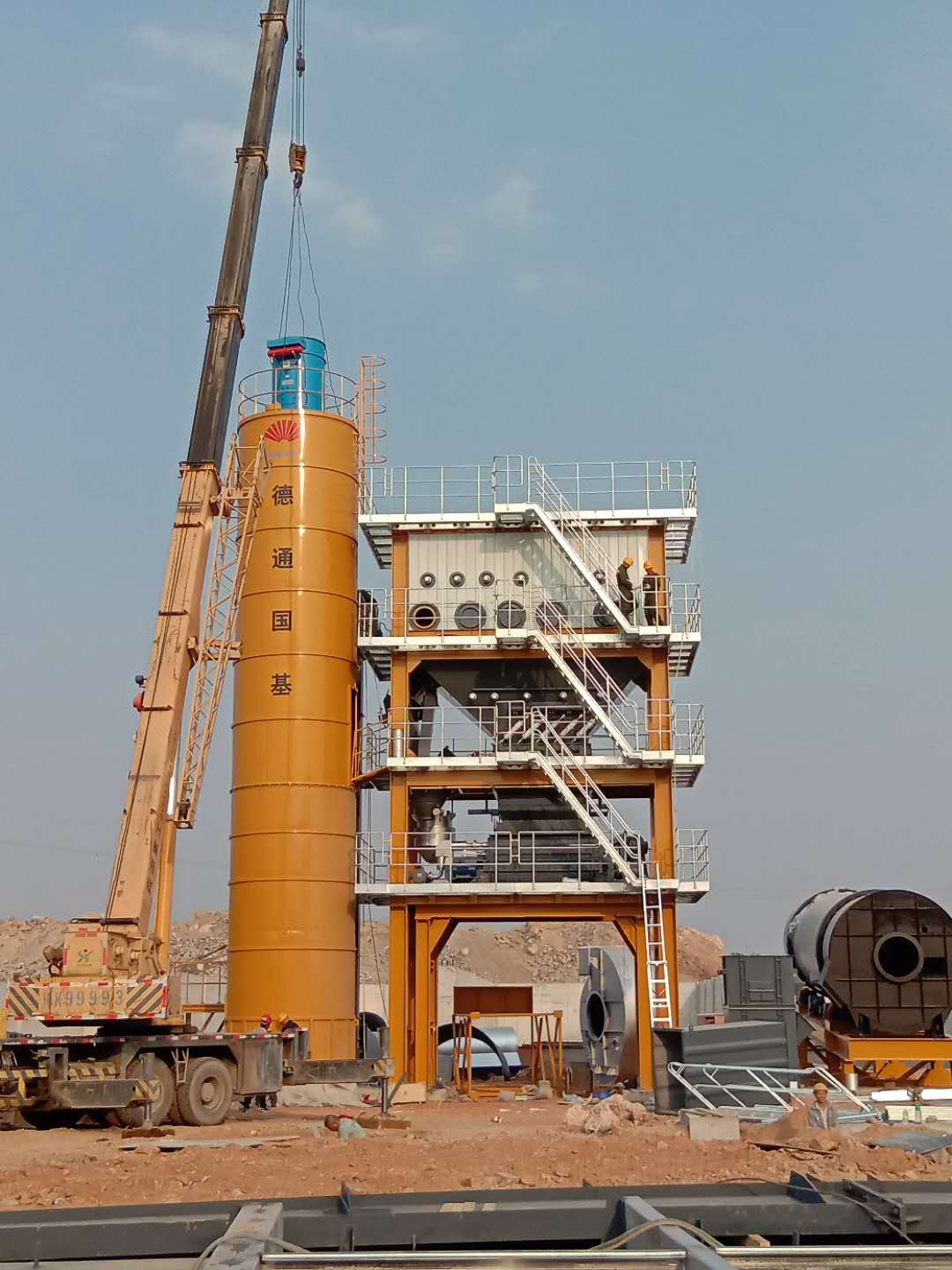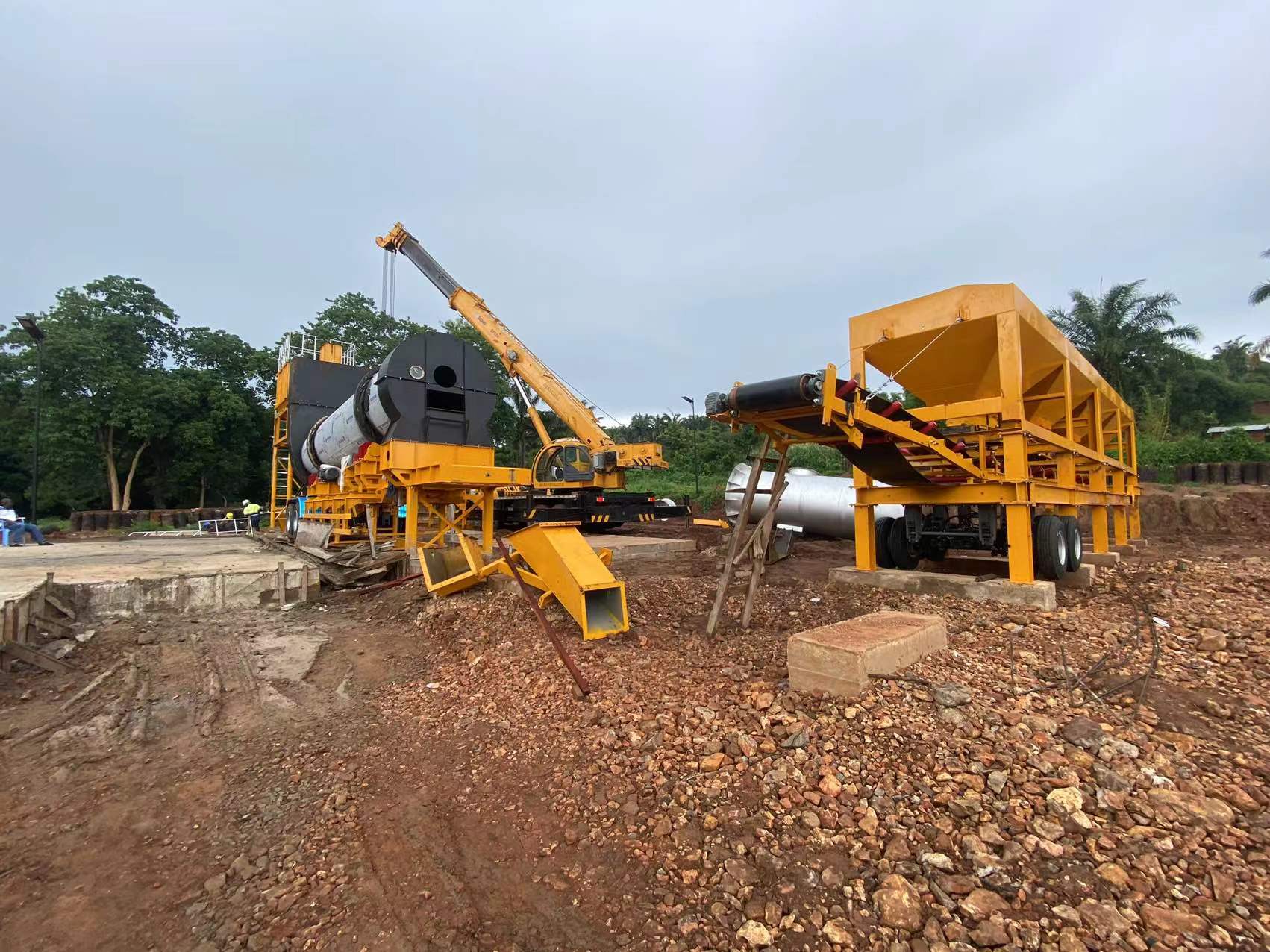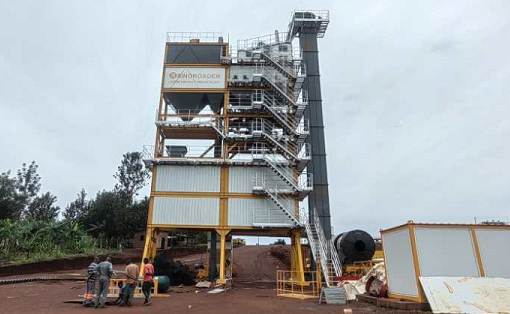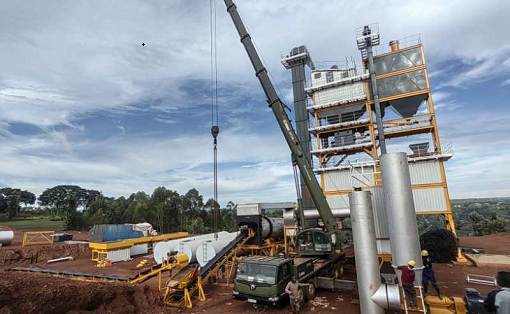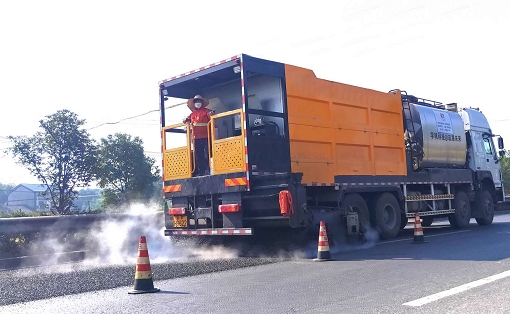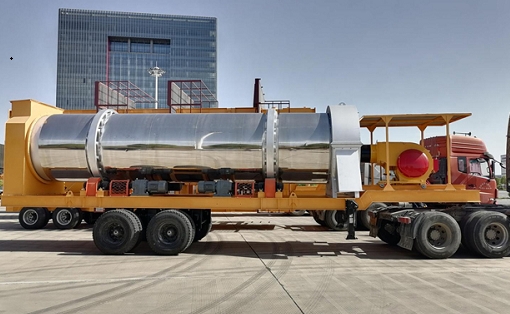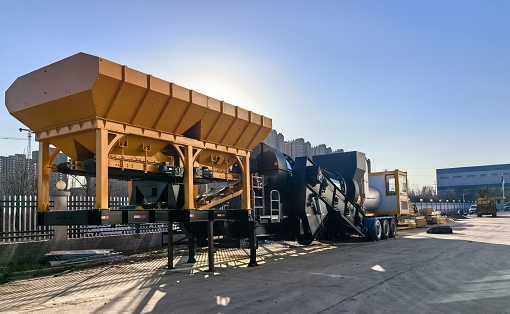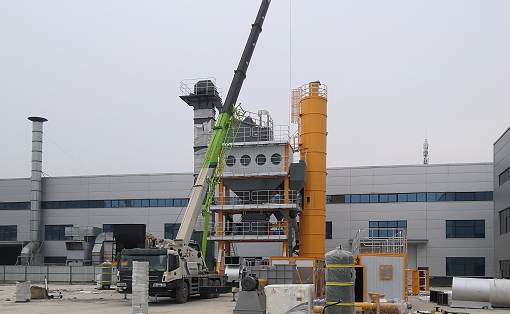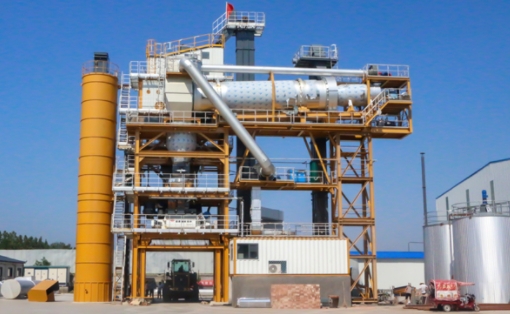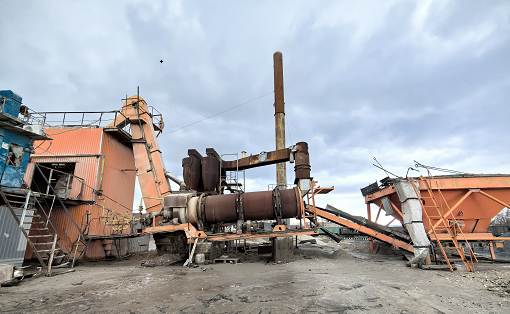What are the precautions for asphalt mixing plants when working?
When it comes to asphalt mixing plants, I believe many people are familiar with them. Asphalt mixing plants are mainly equipment for producing asphalt concrete, they can achieve batch production and play an indispensable role in many port construction roads. Since the advantages of this equipment are very wide, there are still many precautions when using it. The following editor will briefly introduce to you what precautions are there when working in asphalt mixing plants?
1. Uniform dress
When working in an asphalt mixing plant, the staff must adopt uniform dress and customize special work clothes. If they are working outside the mixing plant or patrolling, they also need to wear safety helmets and safety protective gear. It is strictly forbidden to wear slippers to enter the workplace.
2. Warning
Before the mixing plant starts to operate, professional staff must pull the alarm to warn the surroundings. By warning, the information of starting work can be conveyed to the surrounding staff. For some irrelevant personnel, they should also stay away from dangerous places in time to avoid unnecessary accidents.
3. No open flames
When working in an asphalt mixing plant, the surrounding open flames must be extinguished and smoking is not allowed. If a problem occurs in the mixing station and maintenance is required, the maintenance personnel must wear safety belts before carrying out the maintenance.
When it comes to asphalt mixing plants, I believe many people are familiar with them. Asphalt mixing plants are mainly equipment for producing asphalt concrete, they can achieve batch production and play an indispensable role in many port construction roads. Since the advantages of this equipment are very wide, there are still many precautions when using it. The following editor will briefly introduce to you what precautions are there when working in asphalt mixing plants?
1. Uniform dress
When working in an asphalt mixing plant, the staff must adopt uniform dress and customize special work clothes. If they are working outside the mixing plant or patrolling, they also need to wear safety helmets and safety protective gear. It is strictly forbidden to wear slippers to enter the workplace.
2. Warning
Before the mixing plant starts to operate, professional staff must pull the alarm to warn the surroundings. By warning, the information of starting work can be conveyed to the surrounding staff. For some irrelevant personnel, they should also stay away from dangerous places in time to avoid unnecessary accidents.
3. No open flames
When working in an asphalt mixing plant, the surrounding open flames must be extinguished and smoking is not allowed. If a problem occurs in the mixing station and maintenance is required, the maintenance personnel must wear safety belts before carrying out the maintenance.



